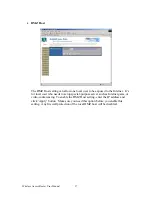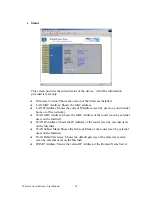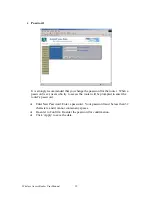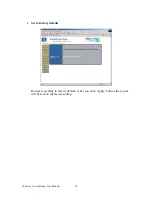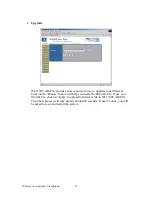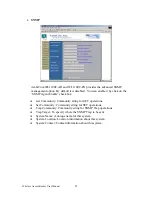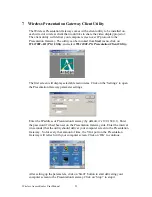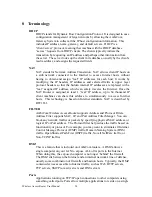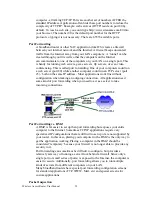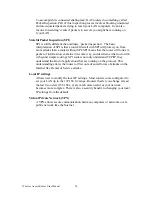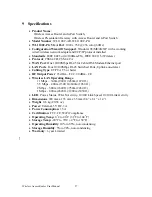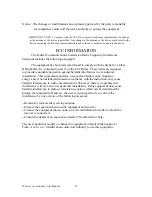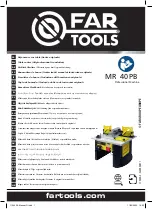
8 Terminology
DHCP
DHCP stands for Dynamic Host Configuration Protocol. It is designed to ease
configuration management of large networks by allowing the AmbiCom
Gateway System to collect all the IP host configuration information. This
includes IP address, name, gateway, and default servers. DHCP is a
“client/server” protocol, meaning that machine with the DHCP database
“serves” requests from DHCP clients. The clients typically initiate the
transaction by requesting an IP address and perhaps other information from
the server. The server looks up the client in its database, usually by the client’s
media address, and assigns the requested fields
NAT
NAT stands for Network Address Translation. NAT allows client IP hosts on
a stub network connected to the Internet to access Internet hosts without
having to obtain and assign “real” IP addresses for each host. It works by
modifying the IP headers IP addresses and selected fields in upper layer
protocol headers so that the hidden internal IP addresses are replaced with a
“real” assigned IP address, which can safely traverse the Internet. Once the
NAT Router is assigned at least 1 “real” IP address, up to 64 thousand IP
client machines can share this address to simultaneously to access Internet
hosts. This technology is based on Internet standards. NAT is described by
RFC1631.
FILTER
AmbiCom Wireless Access Router supports Address and Protocol Filters.
Address Filter supports MAC, IP, and Port Address Filter Manger. You can
block any network traffics or packets by specifying physical MAC address, or
logical IP or Port address. The Protocol filter help reduce the traffic based on
functionality or protocol. For example, you may want to eliminate all Internet
Control Message Protocol (ICMP) traffic, Domain Naming System (DNS)
traffic, Open Shortest Path First (OSPF) traffic, Novell NetWare traffic, or
Non-TCP/IP traffics.
DMZ
This is a feature that is included on AmbiCom routers. A DMZ allows a
single computer on your LAN to expose ALL of its ports to the Internet.
When doing this, the exposed computer is no longer ‘behind’ the firewall.
The DMZ sits between the Internet and an internal network's line of defense,
usually some combination of firewalls and bastion hosts. Typically, the DMZ
contains devices accessible to Internet traffic, such as Web HTTP servers,
FTP servers, SMTP (e-mail) servers and DNS servers.
Ports
Applications running on TCP/IP open connections to other computers using
something called ports. Ports allow multiple applications to reside on a single
Wireless Access Router User Manual
24








